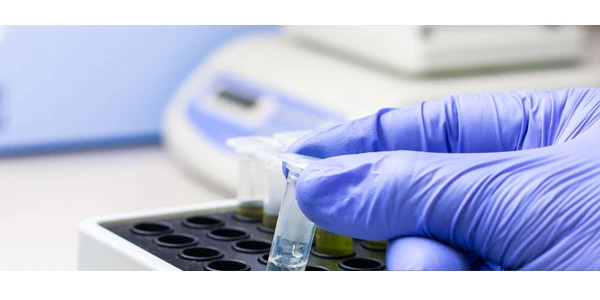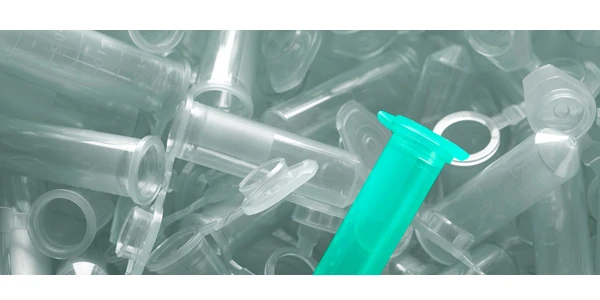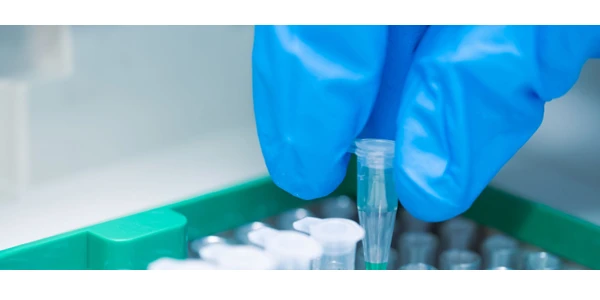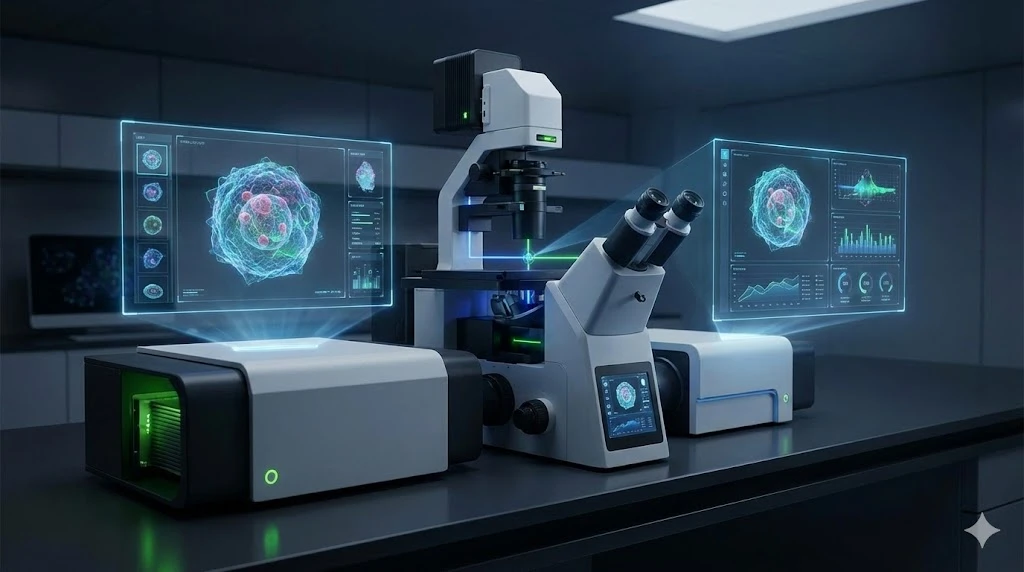The Compact Mass Spec Field Continues to Expand
The trend of miniaturized mass spec devices continues to grow as new technologies meet the demand of an ever-expanding range of applications. Lab space has become a commodity, with users now looking to maximize the volume and breadth of analysis while minimizing instrument footprints. Remote analysis is becoming an increasing reality, with instruments tasked with uncompromised performance and new levels of efficiency. As well, compact MS refinements have opened exploratory doors into new avenues of investigation – Mars discovery research and beyond?
2017 saw the release of several new compact mass spec platforms – as well as the latest applications of recent releases and novel technologies – which demonstrate the continued versatility and power of this concept.
Shimadzu released the MALDI-8020 benchtop linear MALDI-TOF as the latest in a long line of MALDI solutions. The instrument is branded with delivering outstanding performance in a compact footprint, making it a wise choice for today’s increasingly demanding laboratories. Several advanced features make it ideal as a screening or QC platform in research and clinical labs alike.
- The instrument is compatible with the FlexiMass-SR stainless steel targets as well as the FlexiMass series of microscope slide-format targets, providing a wide range of options depending on workflow.
- TrueClean automated source cleaning - which is a UV laser-based feature which allows in-place cleaning with out breaking the vacuum - reduces the risk of source contamination and sample build-up over time.
- Although the platform is not approved for clinical diagnostic testing, it is designed and manufactured to ISO 9001:2015 and ISO 13485:2016 quality management standards and is CE compliant.
The MALDI-8020 merges performance with rapid processing in a compact and efficient package – an ideal solution for modern screening and quality testing labs.
Agilent released the Ultivo triple quadrupole LC/MS platform as a downsized state-of-the-art version of previous Agilent triple quad technology. The Ultivo includes refinements in several dimensions resulting in a miniaturized version, without sacrificing sensitivity, accuracy, or speed. In fact, the processing time is sped up considerably allowing users to accomplish more in less time.
- Virtual pre and post filters maximize ion transmission at both the entrance and exit of the quadrupoles.
- A twisted Vortex Collision Cell provides optimum ion transmission and enhanced MS/MS performance.
- A Cyclone Ion Guide produces more ions, increasing yields and improving results.
The Ultivo is the next generation of Agilent triple quads that has been refined such that space requirements are significantly less the other comparable devices. In fact, the Ultivo now fits seamlessly with Agilent 1200 series LC systems, creating a small vertically stacked platform that is ideal for space conscious labs.
A consistent player in the compact MS industry has been Advion and their expression series of high performance MS instruments. The expression series was designed to address the needs of modern labs which require automated, rapid, and versatile sample analysis solutions.
- To allow comprehensive and more complete characterization of samples, the expression CMS platform interfaces with nearly every separations chemistry technique, including: preparative LC, UHPLC, Flash LC, atmospheric solids analysis probe, TLC, supercritical fluids chromatography, and others.
- The expression L is geared for larger molecules while the expression S for smaller molecules – adding another dimension to the versatility of this line.
- A net result of this wide-ranging functionality is the ability to measure a variety of unique analytes from an extensive array of materials and applications.
Just a few of these applications include: identification and quantitation of volatile compounds in spoiled meat, classification and confirmation of various types of foods such as olive oils and cheeses, and screening of dietary supplements for quality control purposes. The company is likely expanding the range of applications and technology refinements in order to reach deeper into existing and emerging fields.
There are several additional technologies which combine existing instruments with new solutions. Beyond the ‘typical’ applications, many new possibilities are coming to light – those that combine the overall strengths of MS analysis with increasing compact and efficient formats.
Researchers at Brigham and Young University recently published a paper reporting the construction of a miniaturized, portable mass spectrometer that can be carried easily to and from remote sites. This ion trap MS is reported to be hundreds of times lighter and smaller than typical ion traps. How? The ion trap itself is constructed using microlitholography on ceramic and glass plates thereby creating an ion trap cavity less than a millimeter wide.
This truly tiny MS opens up a range of interesting possibilities including: use in detecting and locating chemical weapons, use in explosive detection, analysis of foreign powders or substances in remote locations. Theoretically, these devices could travel anywhere – perhaps even an interplanetary mission.
In the past there has often been a trade-off in miniaturizing MS instruments – for instance, loss of vacuum and therefore sensitivity or loss of power and therefore electrode voltage and ionization capabilities. State-of-the-art machines are seeing similar sensitivity and robustness as much larger instruments -- and truly portable MS devices may see increased use outside the lab and perhaps far beyond.










